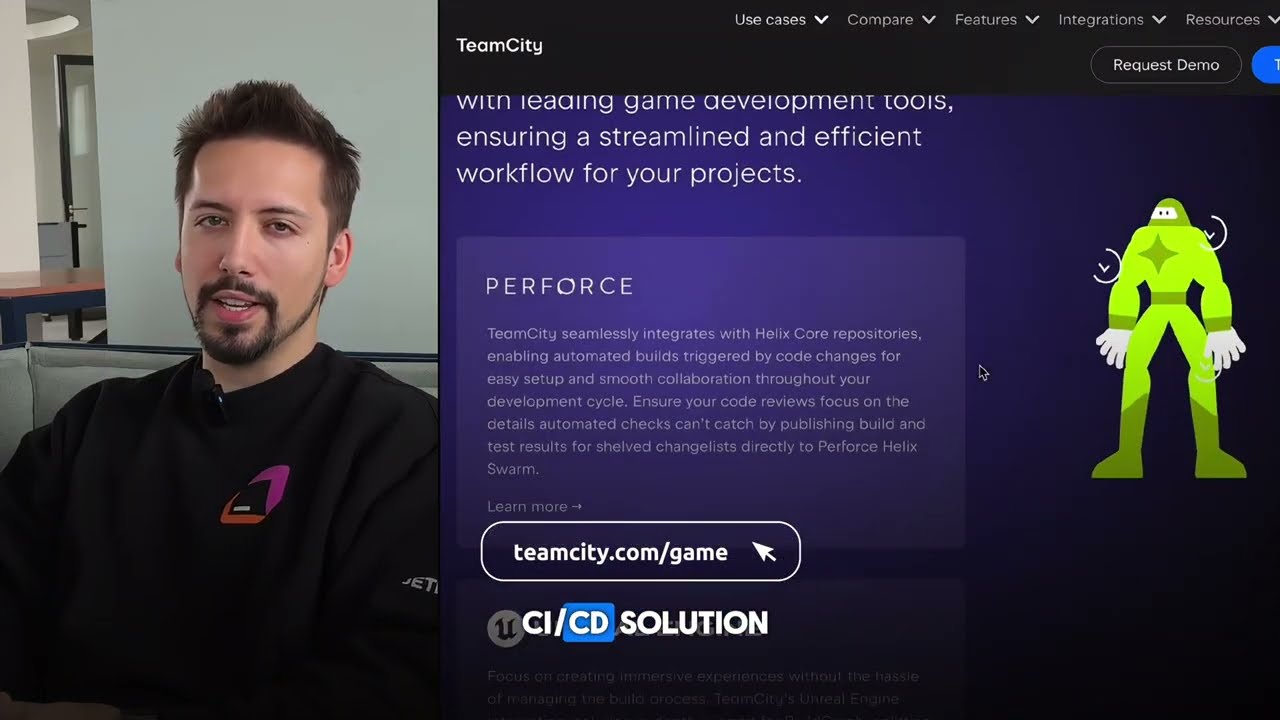
In the world of modern game development, managing builds across multiple platforms has become increasingly complex. Developers often find themselves creating separate Jenkins files for Xbox, PS5, and even Nintendo Switch, resulting in a fragmented approach to continuous integration and deployment.

The Challenge of Multi-Platform Game Development
Game development teams face unique challenges when building for multiple platforms simultaneously. Each gaming console requires:
- Platform-specific build configurations
- Different build agents with specialized capabilities
- Custom SDKs and development tools
- Unique scripting requirements and optimizations
- Separate pipeline management for each target platform
This fragmented approach creates a complex juggling act, with developers constantly switching between different build systems, configurations, and platform-specific requirements. The result is often reduced productivity, increased maintenance overhead, and greater potential for errors.

TeamCity: Unifying Your Game Development Pipeline
TeamCity offers a comprehensive solution to this challenge by providing a unified build automation platform specifically designed for game development needs. With TeamCity, developers can consolidate their build processes into a single, cohesive pipeline that supports all target platforms.
The key advantage of TeamCity's approach is the ability to maintain a single source of truth for your build configurations while still accommodating platform-specific requirements. This unified approach offers several significant benefits:
- Simplified pipeline management with one centralized configuration
- Consistent build processes across all target platforms
- Reduced maintenance overhead and configuration drift
- Improved visibility into build status across the entire project
- Streamlined troubleshooting when build issues occur
Key TeamCity Features for Game Developers
TeamCity provides several powerful features that make it particularly well-suited for game development workflows:
Branch-Specific Build Configurations
Using the teamcity.build.branch parameter, developers can create dynamic build configurations that automatically adjust based on the branch being built. This is particularly useful for maintaining separate development, testing, and release pipelines while using the same underlying build configuration.
# Example of branch-specific configuration
if "%teamcity.build.branch%" == "release" (
REM Release build configuration
set BUILD_TYPE=Release
set OPTIMIZATION=High
) else (
REM Development build configuration
set BUILD_TYPE=Debug
set OPTIMIZATION=Low
)Build Dependencies and Triggers
TeamCity allows you to trigger builds from another build, creating sophisticated pipelines where platform-specific builds can be automatically initiated after common components are successfully built. This ensures that dependencies are always properly managed and reduces manual intervention.
For example, you might have a core engine build that, when successful, automatically triggers platform-specific builds for Xbox, PlayStation, and Switch—all while sharing artifacts and build information between these dependent processes.
Build Configuration Management
TeamCity provides robust tools for managing build configurations, including the ability to pause build configuration when necessary. This feature is particularly useful during crunch periods when you need to prioritize certain platforms or when specific platform SDKs are being updated.
Additionally, TeamCity's working directory management (via teamcity.build.workingdir) ensures that each build has the appropriate context and environment, even when running on shared build agents.

Implementing a Unified Game Development Pipeline
To implement a unified pipeline with TeamCity, consider the following approach:
- Create a base build configuration that contains common build steps and parameters
- Use build templates to standardize platform-specific configurations
- Implement conditional build steps that activate based on the target platform
- Utilize build chains to manage dependencies between components
- Configure automated testing to validate builds across all platforms
This approach allows you to maintain the platform-specific requirements necessary for each target console while still benefiting from a unified, consistent build process.
Advanced TeamCity Automation for Game Development
Beyond basic build automation, TeamCity offers advanced features that can further streamline your game development workflow:
- Custom build runners for game-specific tools and engines
- Integration with artifact repositories for managing large binary assets
- Parallel and distributed builds to accelerate compilation times
- Comprehensive reporting and metrics for build performance
- Integration with issue tracking and project management tools
By leveraging these capabilities, development teams can create a truly unified build system that accommodates the unique requirements of game development while maintaining the efficiency and reliability benefits of modern CI/CD practices.
Conclusion: One Pipeline for Every Platform
The complexity of managing separate build pipelines for different gaming platforms doesn't have to be a necessary evil. With TeamCity's unified approach to build automation, game developers can simplify their workflow, reduce maintenance overhead, and focus more on creating great games rather than managing build infrastructure.
By implementing a single, cohesive pipeline that accommodates platform-specific requirements, teams can achieve greater consistency, reliability, and efficiency in their build processes—ultimately delivering better games to players across all platforms.
Let's Watch!
Stop Juggling Multiple Build Pipelines: How TeamCity Unifies Game Development
Ready to enhance your neural network?
Access our quantum knowledge cores and upgrade your programming abilities.
Initialize Training Sequence